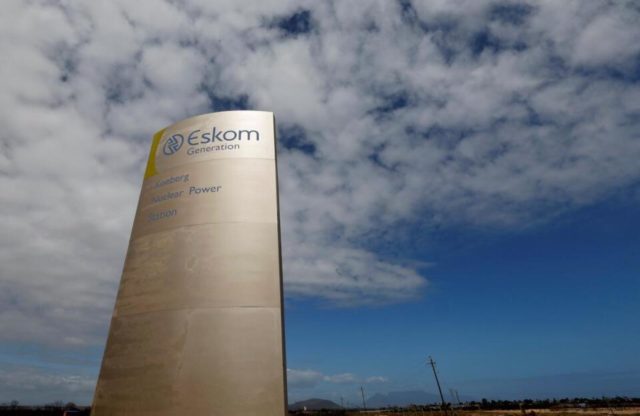The power utility’s Jan Oberholzer said maintenance plans should be organised up to 24 months in advance, but Eskom could not do this because of a misalignment of a number of factors.
ESKOM needed a freer hand to make decisions on parts procurement as maintenance was often bogged down just waiting for National Treasury decisions on the parts, chief operating officer Jan Oberholzer said.
Oberholzer said at a virtual panel discussion on “Reliability maintenance for boilers and associated power generation plant” that boiler leaks, excessive need to use the diesel of open-cycle gas turbines (OCGT), an energy availability factor of only 64 percent rather than the ideal of 85 percent, and other unplanned maintenance and breakdowns were throwing a spanner in the works of efficient power production.
He said Eskom’s maintenance parts procurement was often bogged down by delays from National Treasury.
Generation performance from all power plants had dropped to about 60 percent from 85 percent in 2010, while efforts to save money by using least-cost methods resulted in having to use “Tata parts on a Mercedes-Benz,” he said.
He said maintenance plans should be planned up to 24 months in advance, but Eskom could not do this because of a misalignment of a number of factors, the biggest of which was availability of cash in hand to procure necessary spares.
“With the skills base, it is the same matter of requiring Mercedes-Benz mechanics and Mercedes parts, we can’t have a situation when we have to take off the brakes from the car, then we are told you can’t open the brakes,“ he said in relation to their problems of sourcing qualified personnel, a problem that Eskom faces due to a continual loss of skilled staff.
Eskom needs at least R11 billion a year for maintenance, but is having to make do with R4bn.
Oberholzer said the impact of unplanned maintenance and higher breakdowns last month resulted in the diesel bill climbing to R1bn – much higher than the R340m used in October – as Eskom relied more on the OCGTs to produce power.
He said “self-inflicted wounds” included the Medupi Unit 4 generator that blew up in July, and breakdowns in vacuum coolers. Sixty-four out of 288 coolers had broken down at Matimba Power station, which would immediately take 2,000kW off the grid, as they were being fixed.
“Procurement does not help if people sitting in a 3m x 3m office in Pretoria have to make decisions about funds, and they have no clue as to what is going on out there in the actual operations. I don’t believe the system where National Treasury is making the procurement decisions is the right one,” he said.
Pondering a question of extra capacity from renewable and embedded generation, Oberholzer said the utility was talking to the private sector for battery storage capacity which could help in storing any excesses.
A bigger issue was setting up additional transmission lines, 800,000 kilometres of which was needed to transport the additional power. Part of the solution he suggested was that Eskom open up its land for Independent Power Producers (IPPs) to generate from, and then transmit to the national grid.
“We would need to harvest the land we already own and avail it to IPPs to generate from. We would need Nersa to come to the table about how they can come on board about that,” he said.
He said one recent positive factor was that outage duration had improved.
“This is not a train coming at us, we will turn this around. We have dedicated colleagues who put in their all, they do not deserve the abuse and the insults that they get,” he said.
– BUSINESS REPORT








